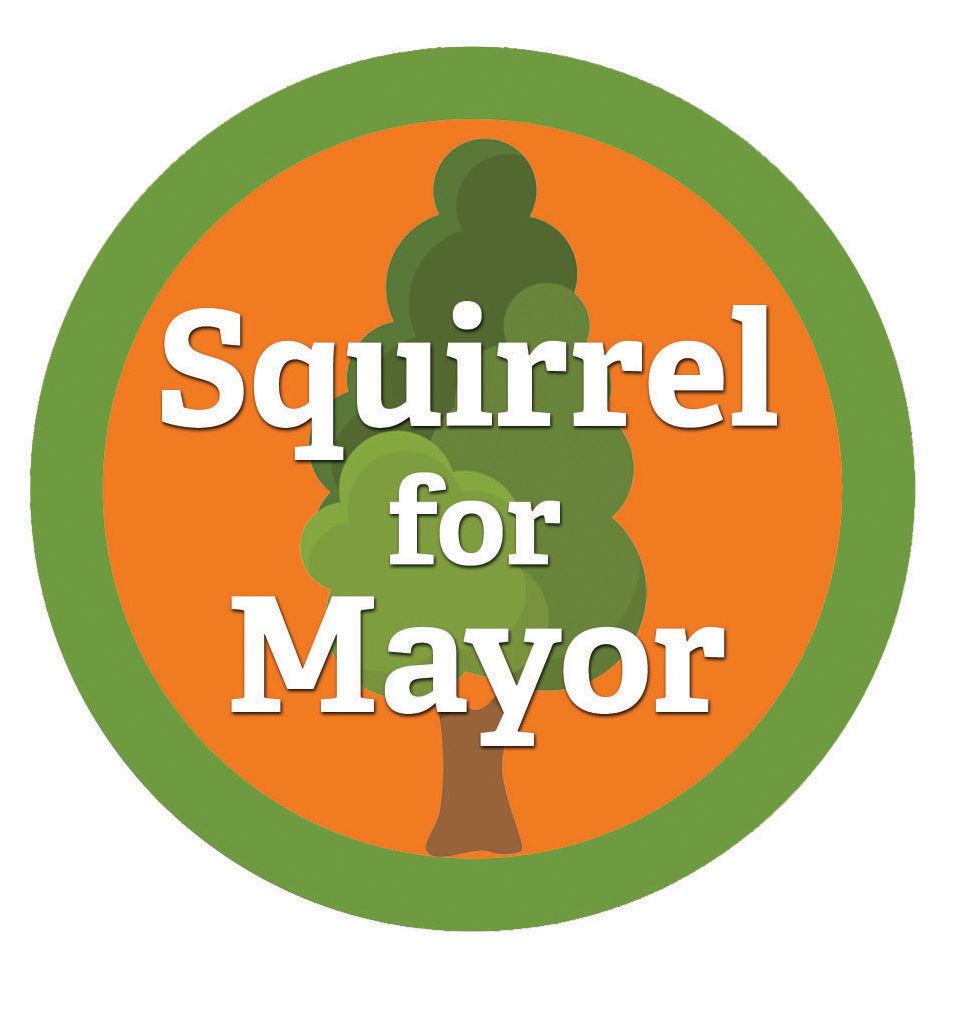City of Victoria Tree Canopy
Using LiDAR data to Measure the City’s Tree Canopy. LiDAR (Light Detection and Ranging) technology uses laser pulses to create detailed 3D models of the environment.
The City of Victoria’s Urban Forest Canopy Analysis from 2019 to 2023 was posted on Wednesday, April 02, 2025. Individual data points create point clouds based on latitude, longitude and elevation, which can be used to generate detailed maps.
Data
Explore the tree canopy change across the City on VicMap . You’ll find layers for tree canopy measurements taken in 2013, 2019, and 2023 in the layer list under Environment.
The Tree Canopy TIF images are available on our Open Data Portal ( opendata.victoria.ca ):
The 2019 LiDAR was provided by LiDAR BC and can be downloaded directly from their website. The 2013 and 2023 LiDAR datasets are too large to share on our Open Data Portal. LiDAR data requests indicating an area of interest can be sent to GIS@victoria.ca. LiDAR analyses for these projects were performed by Terra Remote Sensing Inc. located in Sidney, BC.
Background
The City has measured urban forest canopy cover using LiDAR (Light Detection and Ranging) technology since 2013. Measurements were taken in 2013, 2019 and 2023 using consistent methodology to ensure accuracy and comparability.
LiDAR generates detailed 3D models to assess the horizontal and vertical growth of trees while filtering out low vegetation and built infrastructure. The technology is detailed, accurate, and comprehensive in classifying vegetation above two metres.
Status
The City’s total tree canopy cover grew from 26 per cent to 30 per cent between 2013-2023, an increase of approximately 70 hectares, or more than 100 soccer fields. Importantly, the data shows growth in all neighbourhoods across the City.
This increase is primarily associated with healthy, existing, mature trees. This trend also suggests that the City’s long-term approach to urban forest management has been effective, and that trees are being managed well on private property (75% of the urban forest).
Additional details are now available on the City’s website which illustrate the tree canopy change over time and explain how canopy is measured using LiDAR. The map and downloadable data are available at the City’s story map website.
Reflections
Initial reflections of City of Victoria’s 2019-2023 LiDAR vegetation change detection analysis
-The rate of urban forest growth fell by 50% from the previous period of analysis (2013-2019)
-The urban forest net gain was +47.4 hectares between 2013-2019 (+2.37% to 28.83% city-wide), and according to the City’s website an additional net gain occurred in 2019-2023 of +24 hectares (1.26% to 30% city-wide).
-Terra Remote Sensing provided comment on the 2013-2019 COV change detection analysis, and it is relevant to reflect as the rate of growth drops by 50%: ” It will be of importance to monitor the continual changes in the city’s vegetation canopy to assess whether the fill in growth of existing and new plantings will continue to outstrip the vegetation loss. Further to on-going monitoring, determining age class, distribution, and species composition will help to forecast vegetation growth trends and potentially predict when vegetation growth will cease to offset losses.”
– In four short years we are 23 hectares short of the previous four years’ urban tree canopy growth rate. COV Parks notes “A consistent finding is that the growth of healthy mature trees offsets canopy lost due to development, extreme weather, decline and disease.”, but it’s important to reflect on the slowing rate of growth.
– Limitations: the only information provided by the City on the 2019-2023 canopy gain is “From 2013-23, Victoria’s tree canopy grew by about 70 hectares, which is more than 100 soccer fields”.
2013-2019 grew about the size of 60 soccer fields. 2019-2023 grew by only 40 soccer fields. The data looks better if reported over a ten year period from 2013-2023.
The numbers look a lot better over 2013-2023 than 2019-2023. We can see the momentum of canopy growth vs. canopy loss is shrinking fast, and we could soon revisit the 2007-2013 period which produced a net gain of .05% (1 hectare). It’s below the margin of error for the analysis methods.
-The conversation around the City’s potential adoption of a goal to achieve 40% canopy cover city-wide should consider 2019-2023’s halving of the canopy growth rate.
Canopy goals should be achievable: you cannot get to 40% if the rate continues to slow and we approach 0% or a net loss scenario.
Resources
City of Victoria’s 2019-2023 LiDAR vegetation change detection analysis
City of Victoria website story map (arcgis)
